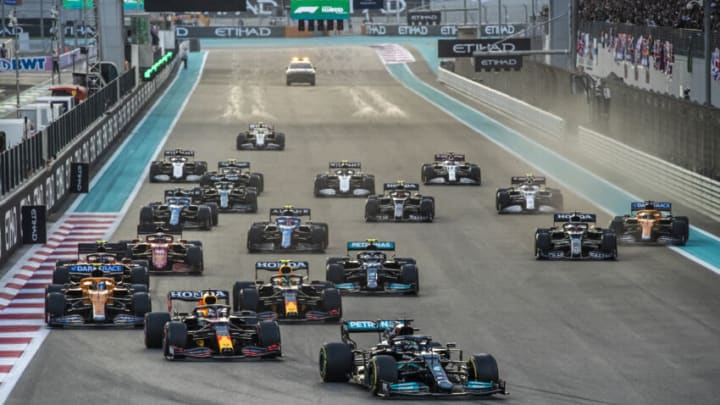
Things we love: No. 3 – Handling of Formula 1’s most dramatic moments
Formula 1 is safer than ever. Jules Bianchi’s death 285 days after his crash in the 2014 Japanese Grand Prix was Formula 1’s first on-track fatality since Ayrton Senna and Roland Ratzenberger were killed in separate incidents at Imola in 1994.
But on August 31, 2019, Formula 2 driver Anthoine Hubert was killed in a collision with Juan Manuel Correa at Circuit de Spa-Francorchamps.
And on November 29, 2020, Romain Grosjean touched wheels with Daniil Kvyat and was flung under the metal ribbon-style barrier at Bahrain International Circuit, tearing his car in half and placing him at the center of a massive fireball for nearly half a minute.
Episode 9 of season 3, “Man on Fire,” is far and away the series’ best, showing perfectly how Grosjean’s crash impacted drivers and teams in the immediate moments after the incident, as they returned to the track to finish the race, and in the weeks and months afterwards.
The reaction shots of the crew and snippets of driver radio as they came into the pits are as raw as anything you will see or hear. And Grosjean’s recounting of the 28 seconds he spent inside the fireball that nearly took his life is among the most moving documentary testimony I have ever seen.
Drive to Survive gave less attention to Hubert’s death, but handled it similarly, with very revealing insights from Hubert’s lifelong friends Pierre Gasly and Alex Albon and an accurate portrayal of how these kinds of tragedies affect everyone at the track.
Netflix doesn’t embellish these moments; there’s no need to. The 2021 season was without great tragedy, but we’ll see how the series handles the epic championship battle. That story was also dramatic enough as it was, so perhaps we’ll get a similarly respectful treatment. Regardless, we’ll all be watching when the coming season debuts this spring.
